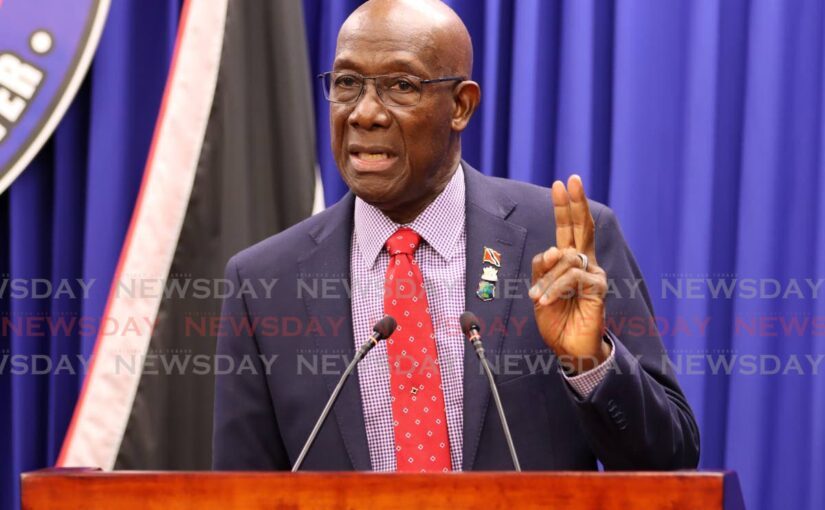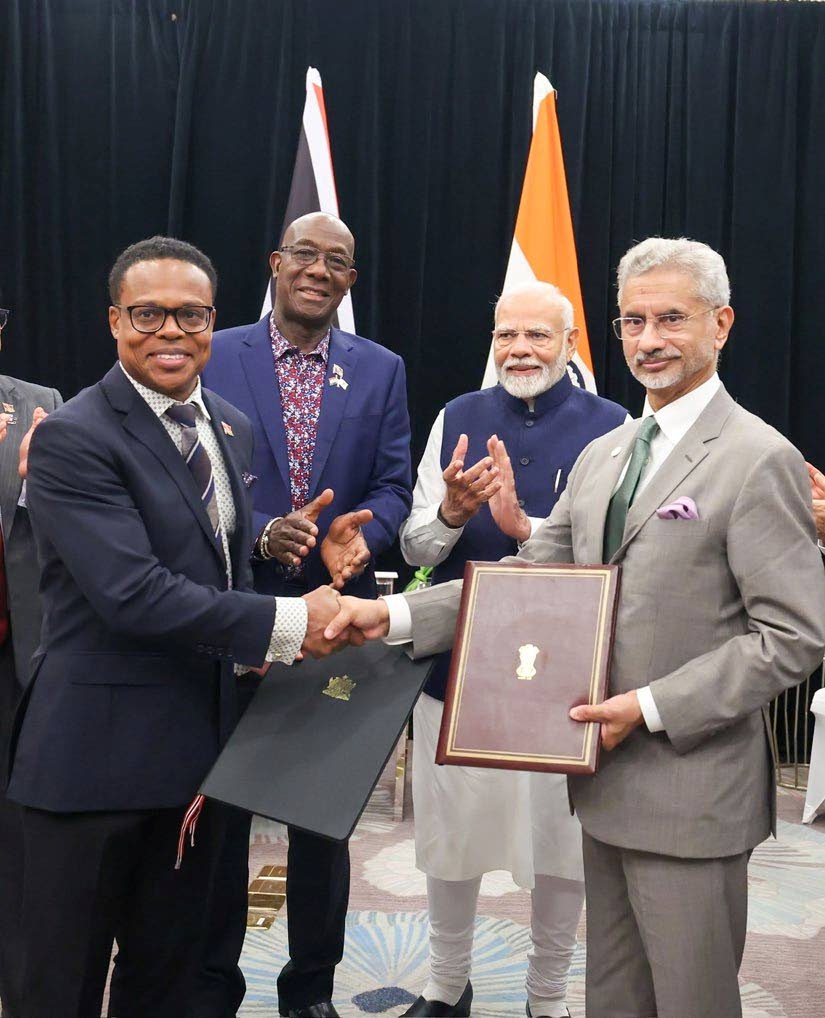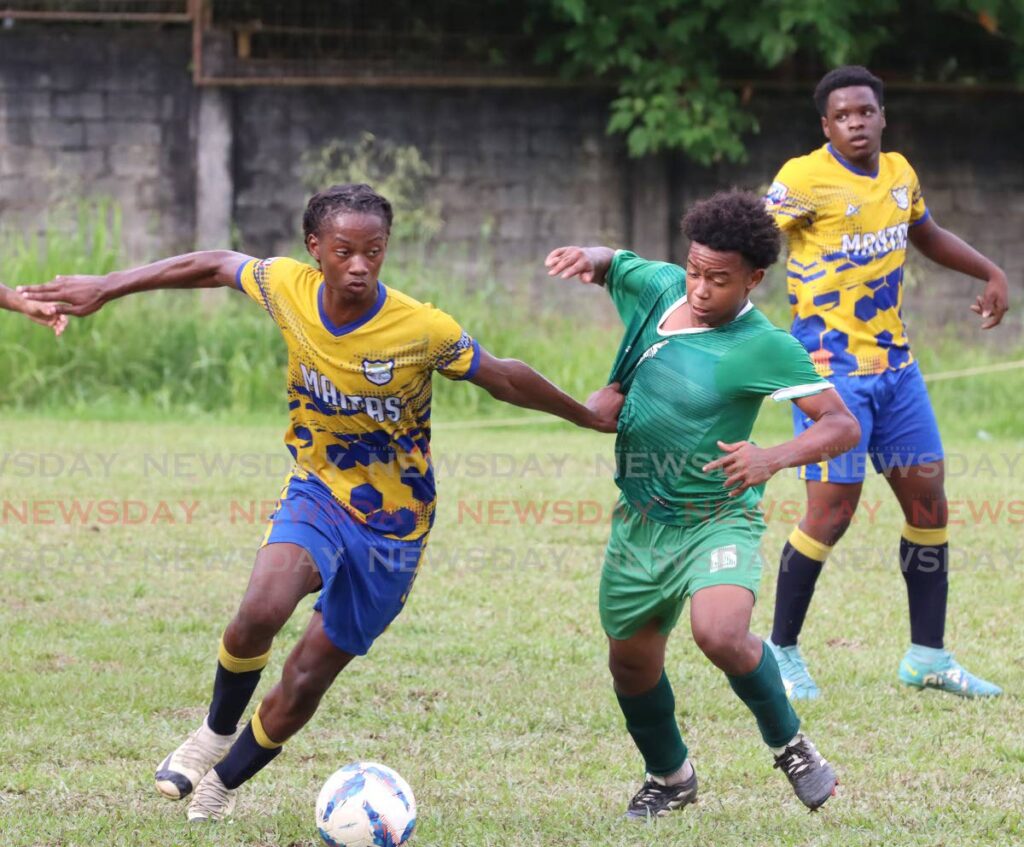Changing a national emblem
Written by Judy Raymond on August 20, 2024

THE IDEA of steelpan on the coat of arms is sweet music to our ears, but the way this move was announced by the Prime Minister struck a sour note.
Dr Rowley chose the forum of a special PNM convention on August 18 to unveil the change.
But a political-party event is the last place where an adjustment to a national emblem should be introduced.
Also off-key: the fact that while the convention was for the purpose of consultation on a recently published suite of constitutional proposals, there was no indication of what consultation, if any, occurred before this announcement.
Since the Report of the National Advisory Committee on Constitutional Reform contains no provision explicitly calling for this change, we are left to conclude the measure simply reflects the will of Dr Rowley.
The Prime Minister may be supremely confident the move is uncontroversial, as indeed it is likely to be.
But his reference to needing only a special majority to pass it suggests an administration to which consultation is neither here nor there, once it has the numbers – even for as fundamental a matter as a national coat of arms.
That jars not only with democracy, but also the consultative nature of the constitution committee itself.
The last legislative change to our national symbols was in 2019, and was made pursuant to a Cabinet directive.
However, that modification reflected decades of scientific consensus which indicated the correct national flower should have been the double chaconia, not the single.
Still, even that seemingly straightforward redesignation, reportedly done through invocation of the National Emblems Committee, showed why care must always be taken.
For instance, whether anyone in 2019 paused to consider the fact that the chaconia was named after José María Chacón, the last Spanish colonial governor, is uncertain.
Flowers make no appearance on the coat of arms, but there are things that do that might usefully be subject to review.
In addition to the Spanish ships, might elements of the design harking back to medieval warfare – a a European shield and helmet – not be removed?
Is there no better way to represent Tobago than the cocrico, a bird once described by the late Reginald Dumas as “a considerable agricultural pest”?
Might some people wish to maintain the ships as neutral symbols of historical fact and nothing more?
Ironically, having linked this surface change to a deeper need to extricate this country from relics like the Privy Council, the Government has underlined our sad post-colonial failures.
The PNM may wish to be returned to office with a special majority allowing it to pass far-ranging reforms to address such failures without UNC support.
But being cavalier and hasty with the most superficial of changes does not bode well, working, as it does, against the Government’s own wish to court the electorate.
The post Changing a national emblem appeared first on Trinidad and Tobago Newsday.




